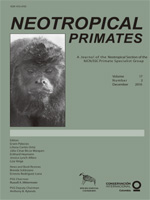Articles (3)
Short Articles (4)
News (1)
Meetings (1)

No abstract available
No abstract available
No abstract available
No abstract available
No abstract available
No abstract available
No abstract available
